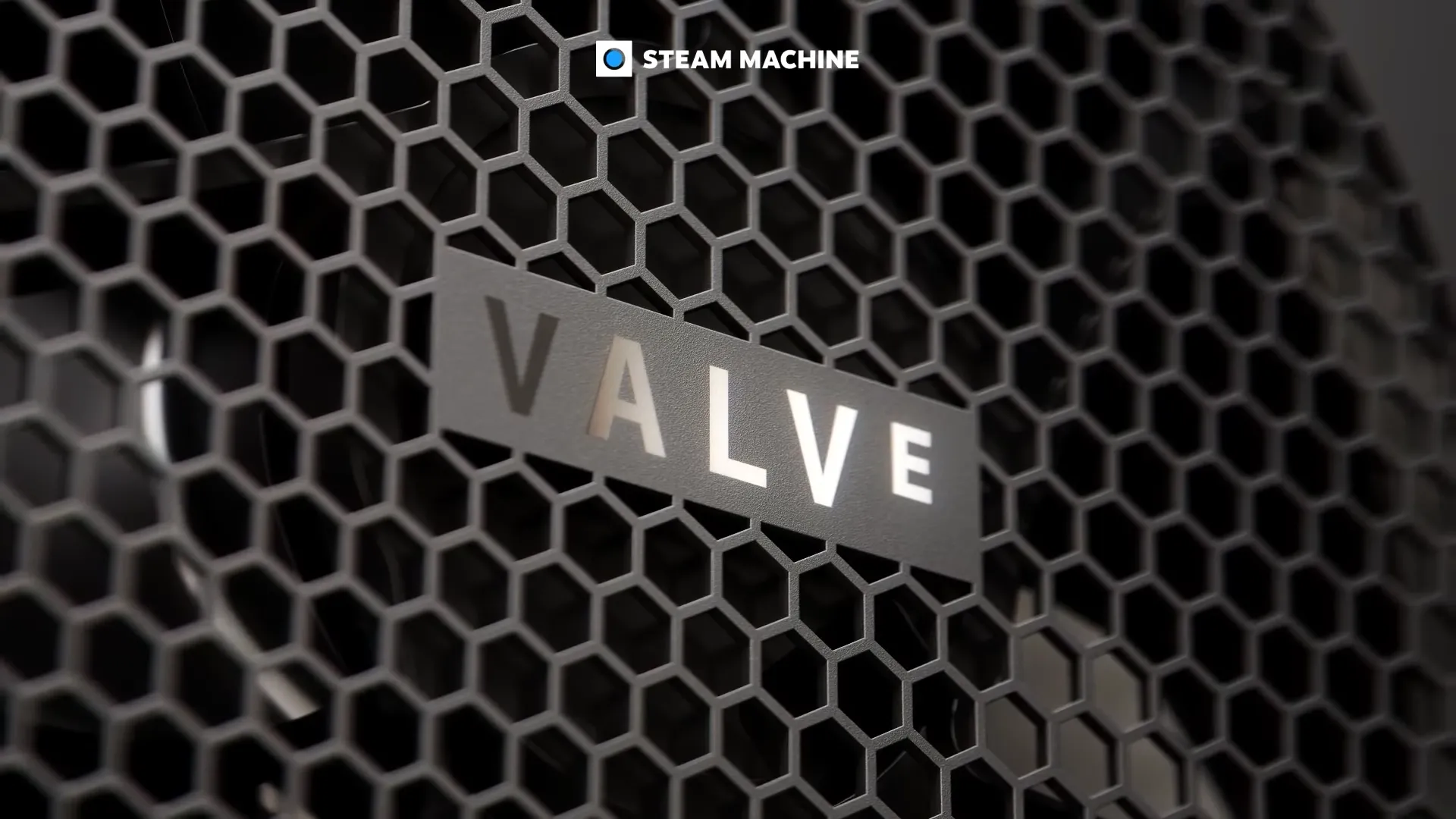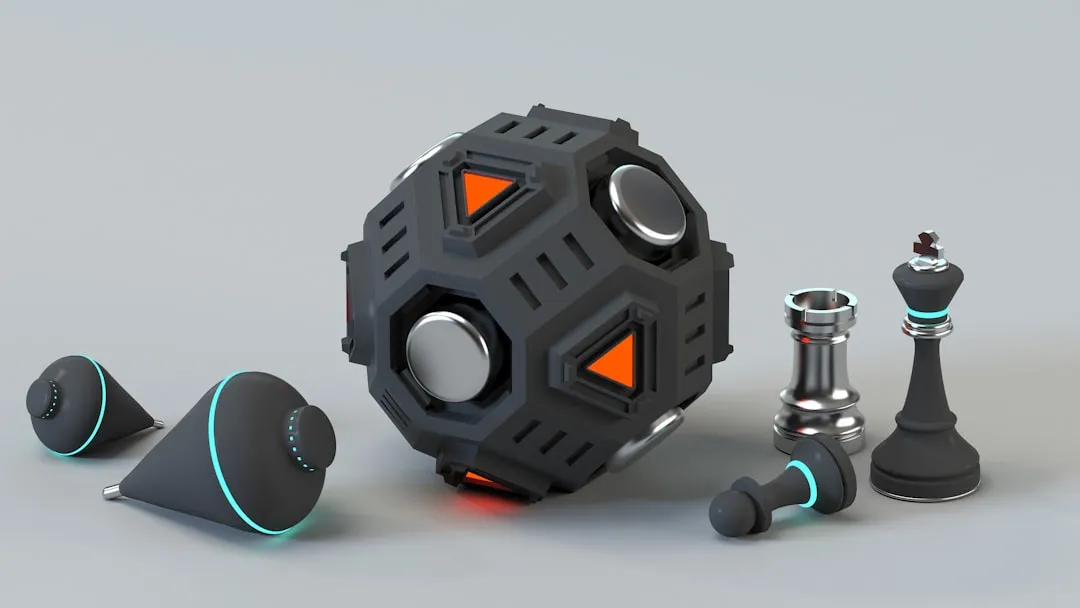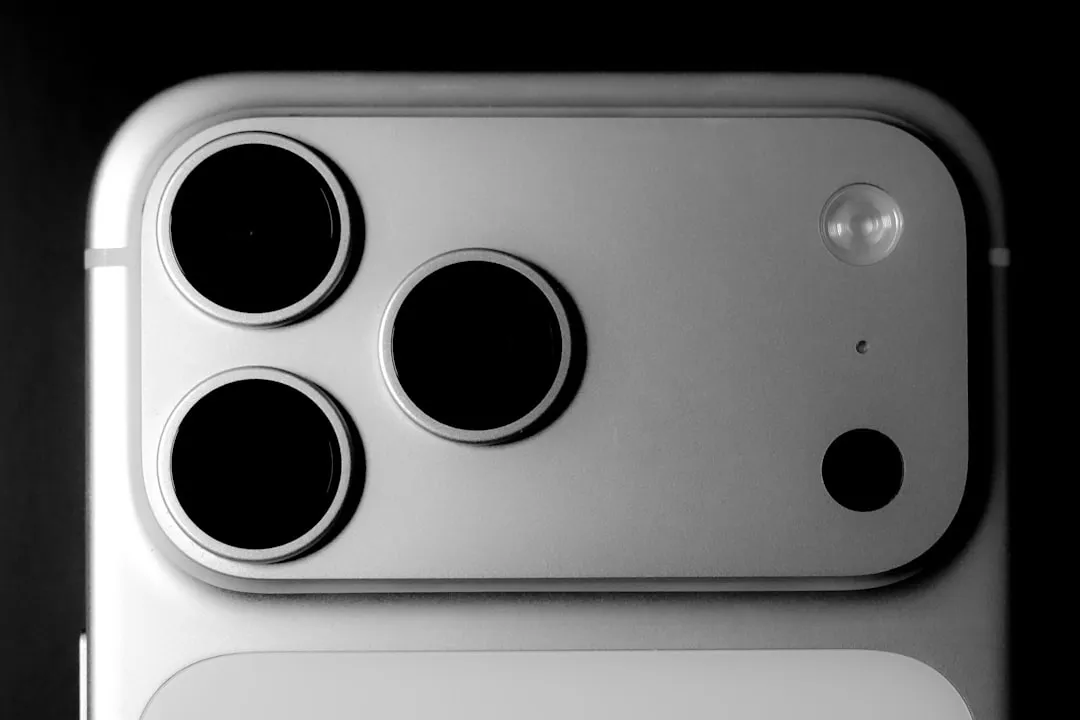Image source: Steam
Reviewed by: Ysa Garcia
Valve has just thrown down the gauntlet in the VR arena with their six-year-old Valve Index finally getting a successor.
The Steam Frame is a reimagining of what a VR headset can be, ditching the complex tethered setup for a more streamlined design featuring four outward-facing cameras and true wireless freedom. It's stepping straight into a three-way fight with heavyweights, the premium Apple Vision Pro and Meta's fan-favorite Quest 3.
Here is the twist that could shift the market. The Steam Frame is designed for both VR and non-VR gaming, a bridge between traditional PC titles and virtual reality that could speed up mainstream adoption. Valve is pitching it as a portal to your entire Steam library, VR or not. If that pitch lands, it reframes what a headset is worth.
Breaking down the raw specifications
Think of it this way: the Steam Frame leans into processing power and flexibility, the Vision Pro chases premium displays, and the Quest 3 aims for the sweet spot between performance and accessibility.
The Steam Frame runs on an ARM64 Snapdragon 8 Gen 3 processor with 16GB of unified LPDDR5X RAM, a clear signal that Valve cares about standalone muscle. This is not an underpowered mobile chip. It is the same class of processor used in flagship phones, paired with double the RAM you see in most rivals. The display pushes 2,160 x 2,160 pixels per eye with refresh rates from 72Hz to 144Hz, though that 144Hz mode is still experimental. Storage options include 256GB or 1TB plus a microSD slot, which tackles the classic VR headache of running out of space for games.
Apple takes a different road with Vision Pro, prioritizing computational punch and visual fidelity. Its M5 chip and 16GB of RAM deliver desktop-class performance. The 3,660 x 3,200 pixels per eye panel is among the sharpest you can put on your face. Then reality hits for gamers: the battery lasts 2.5 hours for general use, barely enough time to get lost in a big game before you start eyeing a charger.
The Quest 3 reminds you that smart optimization can beat raw specs. With its Snapdragon XR2 Gen 2 processor and 8GB of RAM driving 2,064 x 2,208 pixels per eye, it earns gold standard status for standalone VR headsets because the hardware and software play so nicely together. Meta’s years of iteration show up in the way games run, often better than the spec sheet suggests.
Gaming performance: where the rubber meets the road
This is where the Steam Frame swings for the fences. Valve has developed something genuinely groundbreaking by enabling the Steam Frame to run ordinary Steam games, not just VR titles. Thousands of non-VR games, from indie darlings to AAA blockbusters, suddenly become playable on a standalone headset. That is a big deal.
Under the hood, the trick is a built-in compatibility layer that can natively play x86 Windows and Linux content, translating desktop PC games in real time to the headset's ARM processor. It does more than set the Steam Frame apart. It blows up VR’s content problem by expanding the library from hundreds of titles to tens of thousands.
There is a catch. Early testing shows that the translation layer adds some overhead in CPU-intensive games, so not every Steam title will be a perfect fit. Valve plans to guide players with a "Steam Frame Verified" program similar to Steam Deck Verified, a practical way to set expectations and highlight what runs best.
The Quest 3 takes the proven route. Its edge comes from a swift processor, high resolution, and color pass-through cameras that enable high-quality augmented reality. For PC VR, it can stream games via Wi-Fi router, though this can cause bottlenecks compared to the Steam Frame's dedicated wireless dongle approach. Years of developer support mean Quest 3 games are tuned tightly for the hardware.
The Vision Pro, despite its technical prowess, runs into platform limits for gaming. It shines with class-leading eye and hand tracking and plenty of visionOS apps, but gaps in iPad app compatibility and a thinner game library make it a tougher sell for players who want breadth and depth.
Design and comfort: the physical experience matters
Long sessions demand smart design. The Steam Frame weighs just 435g total, compared to the Quest 3's 515g. That may not sound dramatic, yet over a few hours, it can mean less neck strain and fewer mid-session breaks.
Valve's modular approach adds another layer. The core unit weighs only 190g without the battery strap. You can picture the use cases: a lightweight core for desk work, a battery strap on for marathon gaming. Valve describes this as a "sophisticated XR desktop layout", a hint at workspace ambitions that brush up against Apple's productivity focus while keeping a foot in gaming.
The Steam Frame's four outward-facing cameras provide inside-out tracking without external base stations, making setup simpler than the original Index. The tradeoff is that the cameras are monochrome rather than full color, which limits mixed reality compared to rivals.
The Quest 3 is a known quantity, refined over multiple generations. It is a well-equipped, standalone VR headset with color-pass-through cameras for mixed reality. You can run it solo or tethered to a PC, a flexibility that suits a lot of households.
The Vision Pro takes Apple’s premium path, pairing a sharp, colorful display and outstanding video passthrough that excels for productivity. The flip side is comfort; its front-heavy design can be uncomfortable during longer play sessions, a real issue for anyone who likes to settle in for an hour or two.
Pricing and value proposition: the bottom line
Price makes each company’s strategy plain. The Meta Quest 3 costs $499.99, making it the most affordable of the three headsets. The Meta Quest 3S drops in at $300, an even easier on-ramp that helps Meta keep its lead and bring newcomers into VR.
The Apple Vision Pro remains the most expensive at $3,500, planted firmly in premium territory where it competes more with high-end productivity gear than with gaming-first devices.
Steam Frame pricing is still in motion. Expectations suggest it will fall below the $1,000 mark, though some estimates suggest around $1,200. The competitive reality is obvious: the Steam Frame will need to be closer to $500 to compete effectively with the entrenched Quest ecosystem.
Total cost of ownership is where the calculus gets interesting. Quest 3 buyers often add PC upgrades for the best streaming, cloud gaming subscriptions, or premium accessories. Steam Frame buyers can lean on their existing Steam libraries without extra hardware, which could offset a higher sticker price by eliminating add-ons and tapping into games they already own.
Which headset wins for gaming?
For versatility and future potential, the Steam Frame makes the boldest play, even if you have to wait until early 2026. Its ability to run both VR and non-VR Steam games natively unlocks a library that dwarfs typical VR catalogs. Pair that with 16GB of RAM and eye-tracking capabilities, and you get a device that could make headsets valuable even when you are not in VR.
That shift could ripple outward. If millions of PC players see a headset as useful for the games they already own, more of them will jump in, and more developers may follow with VR-native work. A virtuous cycle, if Valve sticks the landing.
If you want great VR gaming right now, no waiting, the Meta Quest 3 remains the top pick for standalone headsets. The price is right, the ecosystem is mature, and performance is steady. Its cadence of software updates and a growing library make it an easy recommendation.
The Vision Pro shines in different lanes. It is a superb productivity and media device, better suited to those use cases than gaming. For players, the thinner game library, short battery life, and comfort concerns during long sessions take the shine off its technical excellence.
When the Steam Frame lands in 2026, it could reshape VR gaming by making headsets compelling for non-VR content too, the push toward mainstream adoption the industry has chased for years.
























Comments
Be the first, drop a comment!